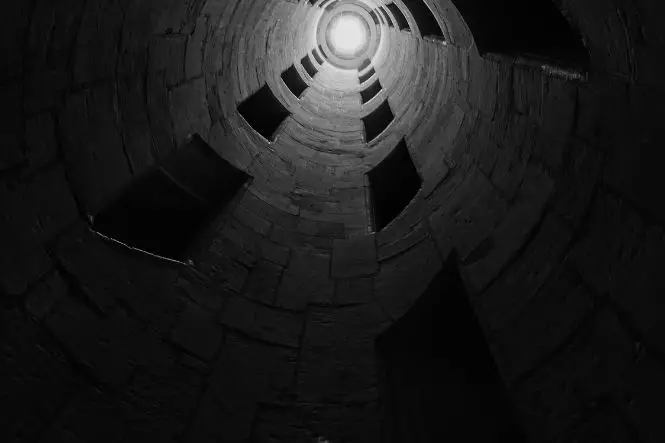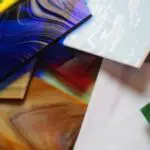Plants respond to gravity and to light, with roots growing downwards and away from the light, and shoots growing upwards and towards the light. The response to gravity is called geotropism, and the response to light is called phototropism. This makes roots grow into the ground towards nutrient and water supplies, and secure the plant in the ground, and shoots grow up towards the light to allow leaves to use sunlight to create food (photosynthesis).
Table of Contents
Knowing Which Way is Up
Turning a pot plant on its side shows geotropism – gradually the shoots will turn upwards. Seedlings also show geotropism – loosely roll up kitchen towel and push into a glass jar to line it. Soak a runner bean seed overnight and then put it between the glass and the kitchen towel, put some water into the bottom of the jar and watch the bean start to shoot over the next few days. Once the shoot and root are a few centimetres long, turn the jar on its side and see if the shoot turns up and the root down.
Grow an Upside-down Tomato Plant
Try growing a tomato plant upside-down. Start with a four or six pint plastic milk bottle, or a two or three litre fizzy drink bottle, a young tomato plant, and some compost. Cut of the bottom of the plastic bottle (do not forget to recycle the cut off bits) and tie string around it or make holes and thread string through so that it will hang upside down. Take the plant out of its pot, put it into the bottle upside down and gently push the stem and leaves out through the top of the bottle.
Fill the bottle with compost, firm it into place, hang up the bottle and water it. Water will run out of the neck, so it is a good idea to hang the bottle over another plant, or over a bucket to catch the excess water. Make sure that it is tied securely, and hang on something strong, as the adult plant, compost, water and fruit will get quite heavy. Tomatoes will also grow in an upside-down bucket with a hole drilled in the bottom. The weight of the fruit and stems will pull the plant downwards, but the leaves will turn the right way up.
Finding the Light
In a similar way to the response to gravity, leafy shoots will grow towards the light and roots will grow into the dark.
A pot plant on a windowsill shows phototropism. Its shoots will bend towards the light and the leaves will turn towards the light as well.
Make a Potato Maze
A potato maze is a fun way to show phototropism. Stand a shoe box on its end, and put a sprouting potato in a small pot of compost. Potatoes will sprout if left in the light for a few weeks – this is called ‘chitting’, and is what potato growers do before they plant potatoes. Put the pot in the bottom right hand corner of the box, and make a hole in the top left hand corner of the box.
Now to make the maze – either fill the box loosely with obstacles, such as cotton reels, wooden or plastic blocks and plastic balls, or make a maze using strips of cardboard that reach almost all the way across the box, and put the lid back on. Be careful that you do not knock or damage the growing shoot. Face the hole towards the light and see how long it takes the shoots to emerge out of the hole. Water the compost if it starts to dry out, but do not water it too much.




